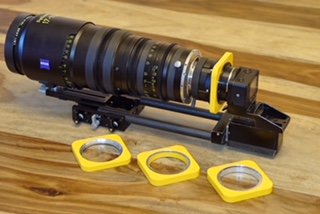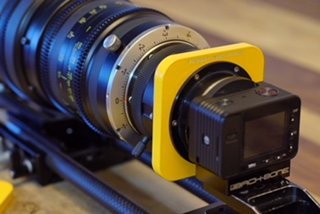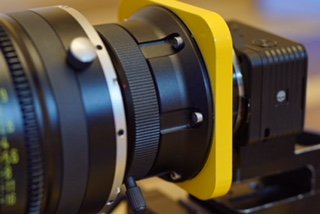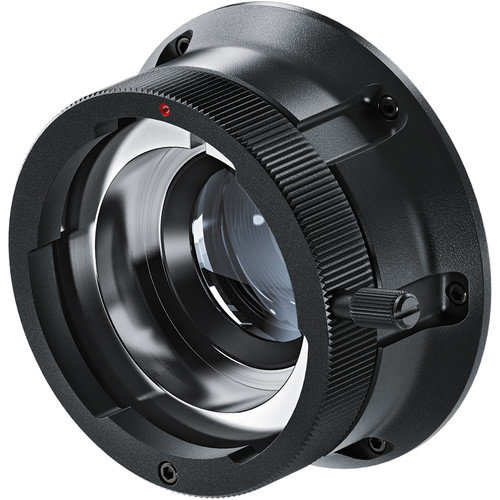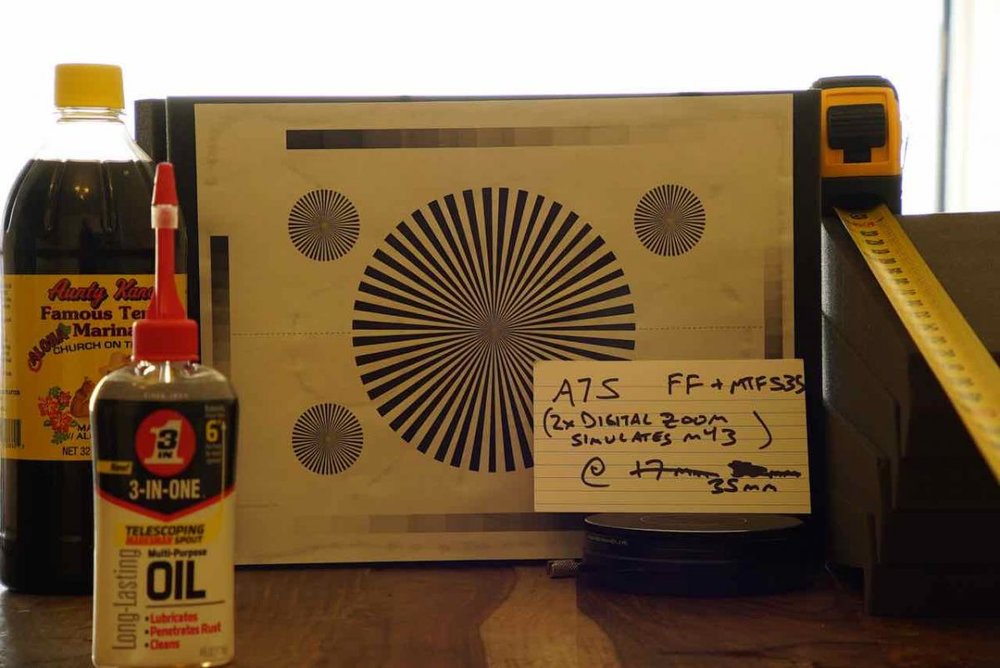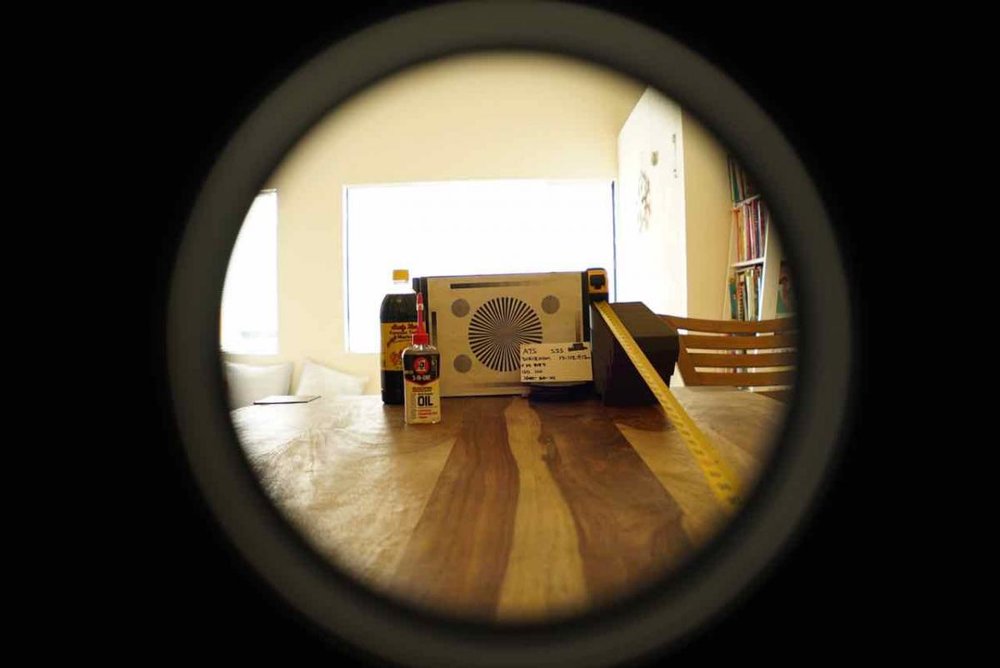
Tom Visser
Basic Member-
Posts
21 -
Joined
-
Last visited
Profile Information
-
Occupation
Sound Department
-
Location
Hawaii
Recent Profile Visitors
2,522 profile views
-
How many cameras? Do you really need off screen dialogue? First, hire a sound mixer, and do what they recommend. I personally, assuming my vision of what is happening matches reality, would use 3 boundary layer mics on the table, left, center, right to capture more or less the whole group. If it is single camera, then a boom operator and utility (so he can wrangle problems mid-stream or swap out with boom op since long form event). If two cameras or more, at some point booms become problematic, but less so if you have good crew and are ok with booms busting any wide shots. Yes, coordinating 20 wireless channels in a metro area can be problematic. Yes, cell phone interference is a thing, but only participants and crew, not from audience. I own the Tascam 24 mentioned... pretty cool mixer, but not the right tool for the job here - again consult sound mixer who will use something like the Zoom F4 or F8 at a minimum, but probably something Sound Devices or Zaxcom more appropriate. I don't see any scenario where I'd willingly bring a computer to set and rely on that for primary recording (unless you are crazy enough to rent 20 wired lavalier mics).
-
after a few test jigs, finally came out with something that works - focuses to infinity at the infinity mark, seems to be parfocal, but... did vignette with the Ribcage RX0's IR filter in place - when removed it does not! Blackmagic URSA PL B4 adapter with m43 mount - provides 1.1x expansion, color correction optical block, and minimal light loss compared to other 1.4x adapters. If it will stop raining here, can try to go out and get some outdoor test shots.
-
I'm on the 3rd version of a prototype adapter which mates B4 to 1" sensors (in the case the Sony RX0 modified with Backbone Ribcage - which has horrible rolling shutter by the way, sort of surprised me). I'll share more details with you when I have something ready to show. If it doesn't work out, my 17-112 will be up for sale. Bad news is that it does vignette on a 1" sensor, even when using a 1.1x optical expansion block with color phase correction. a 1.4x adapter would cover 1" completely, but then with the loss of light and image degradation, somewhat negates the effort - good solution if you already own the glass, but I'm trying to make using Zeiss Digi an attractive option to seek - attractive especially given the current depressed pricing of Zeiss Digi series of lenses. There are (hopefully) some new cameras coming soon with the Sony IMX255/533 that should offer some cropped sensor options offering perfect coverage for my setup.
-
Looking to purchase Kinetal 37.5mm and 50mm in Arri Standard mount (or adapted to PL). I'm located in Hawaii USA.
-
Sensor to Flange distance of URSA Mini PL
Tom Visser replied to Tom Visser's topic in BlackMagic Design
That's more or less the plan, get close as possible (hopefully undercutting a bit) with the first machined part - assemble the front and rear mounts, then shim until it tests spot on with the lens, then machine the final part maybe 0.5mm undercut so I can have 1 shim in place in case I need room to adjust either way in the future. -
Can anyone tell me what the flange distance is for the URSA Mini PL (not the Mini PRO - unless they happen to have the same distance - highly probably I guess)? Specifically, the distance from the sensor to the face when you remove the PL mount. Why? I'm trying to fabricate a custom adapter that happens to use the B4 adapter, but I suspect that with the optics in there, its not simply the standard 48mm of the typical B4 flange distance.
-
The most waterproof equipment when it comes to saltwater is cheap equipment that is acceptable to get trashed. That being said, Countryman B3 mics are relatively durable, inexpensive, and water resistant. There are a few custom caps for them that certain shows use to increase their water resistance (oh yeah, not openly available for sale - so people with fabrication or 3D printing might be able to experiment on their own) - I have a couple, and as best I can tell it is more or less a standard cap that is slightly smaller diameter to be tighter and maybe the mesh pattern is a bit tighter. Other than that, after the challenge of getting your mic to survive the water, is to make it so it actually picks up sound. When a water bead is on the capsule, it effectively mutes it makes only a super muffled sound. Getting the water to "clear" is the secret to getting usable audio. There are tricks, like positioning the mic "down", treating it with chemical water repellants, strategic positioning of wicking materials, etc. At the end of the day, with the best equipment and strategies, it all comes down to a bit of luck. Also you have to consider the format of the shoot. If it is sports or reality TV and only intelligibility is required, then just waterproofing the entire mic works - because it doesn't have to sound natural.
-
I own two of the CSR-2 - originally purchased them for camera top use, but often find themselves on the end of a boom pole these days too. I'll play... my complete list (not all production sound use)... Countryman B3 x4 Countryman B6 x2 DPA 4060 x2 DPA 4060-SLIM x2 EV RE-20 EV RE-50 EV RE-50N/D Neumann KMS-105 Neumann U87i (1972 Klaus Heyne modified) Royer SF-1 x2 Sanken COS-11D x6 Sanken CSR-2 Sennheiser Ambeo Sennheiser MKH-8050 Sennheiser MKH-8060 Shure 520DX Shure SM57 x2 Shure SM58 x6 Shure SM77 If I could buy one more microphone today, it would be the Pearl MSH10
-
Gutting A Camera To Reduce Weight?
Tom Visser replied to Max Field's topic in Camera Operating & Gear
maybe have an HXC-P70 on standby for specialized setups at about a third of the mass (once you rig it up) and heck of a lot smaller. Also my experience with Sony is that there is usually a lot of internal diagnostics going on, so when things are not to spec, you'll get all types of system warnings - perhaps not an issue and can still function as a dumb head for a downstream recorder, but maybe not. -
Why is it OK to copy music but not movies in the US?
Tom Visser replied to Daniel D. Teoli Jr.'s topic in General Discussion
Foggy memory from before, but used to deal with DVD copy protection and ripping issues... There is the "fair use" of digital music content, where it is legal to take music that you have purchased and copy it for personal use, like making an MP3 copy for a portable player, or to make a "mix tape". Actually this might be a bit of legally gray zone - because digital music doesn't have any copy protection or encryption, there is no "lock on the door" and therefore making copies is not explicitly condoned in that there are no measures to make it difficult. Just like if you leave a $20 bill on the ground, you can't accuse someone of stealing it since you are practically inviting them to take it. With DVDs, however, most all commercial content is protected with copy protection to make copying difficult. It is relatively easy for DVD ripping software to bypass it, but the very act of seeking out a method to circumvent the copy protection technically makes the ripping of DVDs illegal according to DMCA, even if it is just to make a digital copy in your own home for your own private use. -
PM'd
-
Because that GH4 video was so rough and tough to garner much more information from it, I felt motivated to shoot a quick clip - still reinforces what I mentioned before, the results are soft, but can still perhaps be good enough. Also I notice the wide end looks much worse than the tele end, not sure how that translates to the Digiprimes. I don't think I would open up more than T3, gets a bit too hairy and do feel there's improvement in the T4 / T5.6 zone, as expected. My gut tells me that a GH5 with the S16 version of the adapter would be an improvement over what I can do with my A7S and B4 > S35 MTF adapter. Forgive the use of the cheap photo tripod, my fluid head is at the office.
-
The next couple of shots are with the MTF Services B4 to S35 adapter, probably not as good performing as the B4 to S16 adapter they make, but more limited in sensor size of course. This image is my best guess as to what type of coverage you would get on m43 - since m43 has a 2x crop factor, I put the A7S into FF mode and then digitally cropped in 2x @ 17mm - when you frame in 16:9 mode, you'll actually end up with a minor vignette which you can eliminate with a little bit of digital zoom or entirely by shooting 1:1 ... and again at 35mm, which is the point at which I don't see any major vignette, so once framed at 16:9 should be vignette free or may even be able to go down to 32mm The B4 to S35 adapter was actually designed to be utilized by lenses with built in tele-extenders, but since Digiprimes and Digizooms do not have this feature, you end up with this vignette, but the GH5 has some cool options to work around it if you choose to go this way. At the end of the day, I don't think the quality this combination gives is something to go and seek out, but if you have the lenses already, then an interesting way to utilize them. What would be more interesting is for someone to test the quality on a camera that actually has S16 sensor size or a GH5 1:1 HD crop using the B4 to S16 adapter.
-
took a couple of snapshots with my A7S in S35 crop... just to explain what is going on here... First is a sample of a Summicron-R 90mm (non-APO) with very strong backlight, so any CA issues should be accentuated This is the Digizoom at 17mm with a mechanical adapter, no optics in between and again at 112mm, no optics in between - notice that the image is mostly unusable well inside of the hard vignette due to distortion) I'll post again with a few snaps using the MTF B4 to S35 adapter
-
Best Cinematography You've Seen In A Comedy?
Tom Visser replied to Max Field's topic in General Discussion
It's mostly this scene... https://www.youtube.com/watch?v=8HjTon8emoI with the campy over acting, and can just imagining the 2 PMP cars on flat dollies being slid around by crew and actor's liberal use of the cabins to play out the scene. Also one of my favorite moments is the British chap and captain's cap dude in the green wagon with the actors bouncing up and down on their seats and crew jiggling the rig just so... an then after the service station scene where I think the


